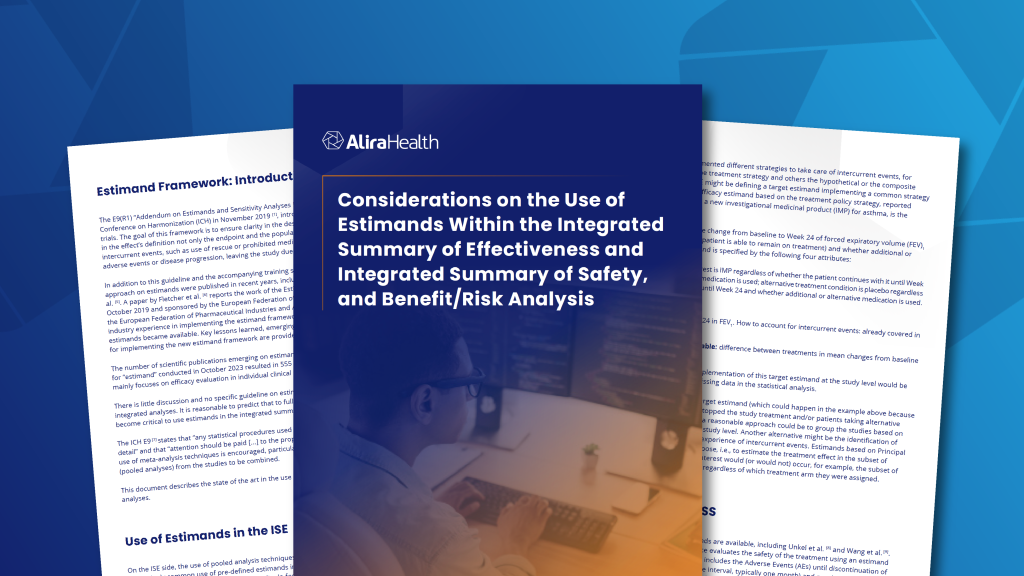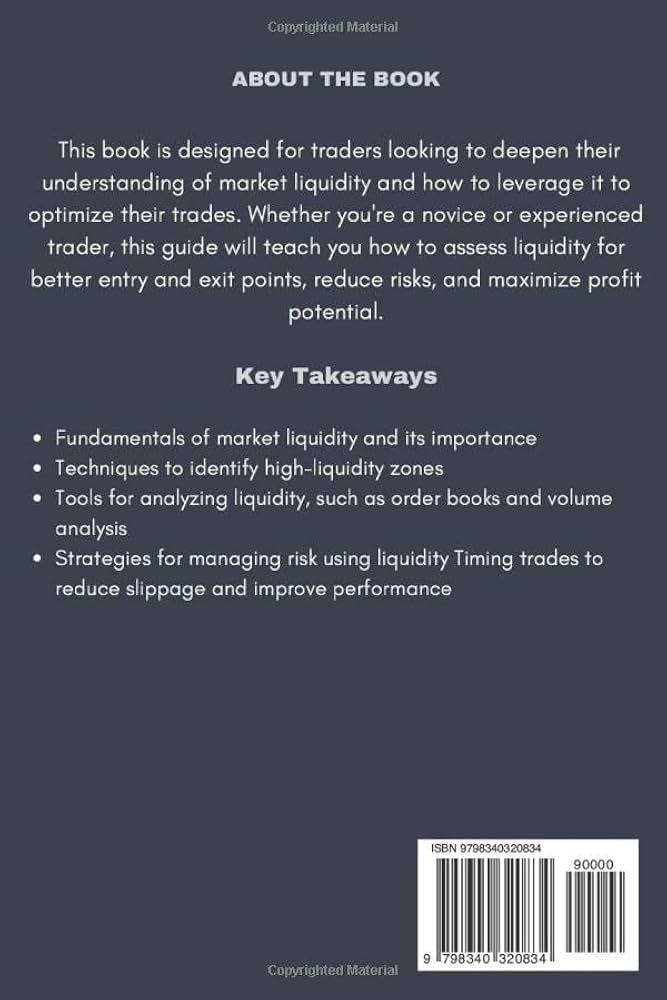Did you know that the volume of trades in the stock market can fluctuate so much that it could make a rollercoaster ride seem stable? In day trading, mastering volume analysis is crucial for successful strategies. This article breaks down essential practices for conducting volume analysis, including its significance in confirming price movements and signaling market reversals. You'll learn how to calculate trading volume, interpret high versus low volumes, and identify effective strategies that incorporate volume analysis for better entry and exit points. We also discuss common mistakes to avoid, the impact of news on trading volume, and the relationship between volume and volatility. Whether you're looking to improve your trading skills or uncover breakout opportunities, DayTradingBusiness provides the insights you need to elevate your trading game.
What is volume analysis in day trading?
Volume analysis in day trading involves examining the number of shares traded during a specific period to gauge market activity. High volume often indicates strong interest in a stock, while low volume may suggest weak interest. Traders use volume to confirm trends, identify potential reversals, and make buy or sell decisions. Best practices include analyzing volume in conjunction with price movements, looking for volume spikes to signal entry or exit points, and using volume indicators like the On-Balance Volume (OBV) or Volume Weighted Average Price (VWAP).
Why is volume important for day trading?
Volume is crucial for day trading because it indicates the strength of a price movement. High volume often confirms trends, making it easier to identify entry and exit points. It helps traders gauge market interest and liquidity, allowing for quicker trades without significant price impact. Analyzing volume can also reveal potential reversals; low volume during a price rise may signal a lack of conviction. In essence, incorporating volume analysis enhances decision-making and increases the chances of successful trades.
How do you calculate trading volume?
To calculate trading volume, sum the total number of shares or contracts traded during a specific period. For day trading, focus on the volume for individual stocks or assets within that trading day. Use a trading platform or charting software, which typically displays this data. Analyze volume trends alongside price movements to identify potential entry and exit points.
What are the best indicators for volume analysis?
The best indicators for volume analysis in day trading include:
1. Volume Bars: Display the number of shares traded during a specific period, helping to identify price movement strength.
2. On-Balance Volume (OBV): Combines price and volume to show momentum; rising OBV suggests buying pressure.
3. Accumulation/Distribution Line: Reflects the buying and selling pressure by comparing price movement and volume, indicating overall market sentiment.
4. Chaikin Money Flow (CMF): Measures the buying and selling pressure over a set period, highlighting potential price reversals.
5. Volume Moving Averages: Smooth out volume spikes over time, helping to identify trends and confirm price movements.
Use these indicators to gauge market strength, confirm trends, and make informed trading decisions.
How can volume trends signal market reversals?
Volume trends can indicate market reversals by showing increased activity during price changes. For example, a sudden spike in volume during a price drop can suggest that sellers are losing strength, signaling a potential reversal to the upside. Conversely, low volume during a price rise may indicate a lack of conviction, hinting at a possible downturn. Observing volume patterns alongside price action helps traders identify these critical turning points, enhancing decision-making in day trading.
What role does volume play in confirming price movements?
Volume confirms price movements by indicating the strength of a trend. High volume during a price increase suggests strong buying interest, making the move more reliable. Conversely, low volume may signal weakness, indicating a potential reversal. In day trading, look for volume spikes that coincide with price breaks to validate setups. Consistent volume patterns can also help identify support and resistance levels, making your trading decisions more informed.
How do you interpret high vs. low trading volume?
High trading volume indicates strong interest and activity in a stock, often signaling potential price movement or trend confirmation. It suggests that many traders are buying and selling, which can lead to volatility. Low trading volume typically means less interest, which may result in stagnant prices and higher spreads. In day trading, use high volume to validate breakout patterns and low volume to identify possible reversals or lack of conviction in trends. Always consider volume in conjunction with price action for more accurate analysis.
What strategies use volume analysis effectively?

1. Volume Spikes: Look for sudden increases in volume to identify potential breakouts or reversals. High volume often confirms the strength of a price movement.
2. Volume Trends: Analyze volume trends alongside price movements. An uptrend with increasing volume signals strong buying interest, while a downtrend with rising volume indicates selling pressure.
3. Volume-Based Indicators: Use indicators like On-Balance Volume (OBV) or the Accumulation/Distribution Line to gauge buying and selling pressure over time.
4. Support and Resistance Levels: Monitor volume at key support and resistance levels. High volume at these points can validate the strength of the price level.
5. Volume and Price Divergence: Watch for divergences where price moves in one direction while volume moves in the opposite. This can signal potential reversals.
6. Timeframes: Analyze volume across multiple timeframes. Short-term volume can provide insights for day trading, while longer-term volume reveals overall market sentiment.
7. News Impact: Consider volume spikes in relation to news releases. Major announcements often lead to increased volume and volatility, creating trading opportunities.
Implementing these strategies can enhance your volume analysis in day trading.
How can volume analysis improve entry and exit points?

Volume analysis improves entry and exit points by providing insights into market strength and potential reversals. High volume at a price level indicates strong interest, suggesting a solid entry point. Conversely, low volume during a price move may signal weakness, making it a risky entry.
For exits, if you see declining volume during an uptrend, it could indicate a potential reversal, prompting a timely exit. Using volume indicators like the Volume Weighted Average Price (VWAP) helps traders identify optimal entry and exit points based on market activity.
What are common mistakes in volume analysis?
Common mistakes in volume analysis during day trading include:
1. Ignoring Context: Not considering overall market conditions or news events that can skew volume signals.
2. Relying Solely on Volume: Focusing only on volume without analyzing price action can lead to misinterpretation.
3. Misunderstanding Average Volume: Failing to compare current volume against historical averages can mask significant trends.
4. Overlooking Volume Spikes: Dismissing sudden volume increases without investigating their cause can lead to missed opportunities.
5. Neglecting Time Frames: Using inappropriate time frames for analysis can distort volume signals and lead to poor decisions.
6. Confirmation Bias: Allowing pre-existing beliefs to cloud judgment when interpreting volume data can result in erroneous trades.
7. Lack of Consistency: Not applying a consistent volume analysis strategy can lead to confusion and unreliable outcomes.
How does news affect trading volume?
News significantly impacts trading volume by creating heightened interest and urgency among traders. Positive news can lead to increased buying, while negative news often triggers selling. This reaction increases volume as more participants enter the market to capitalize on or mitigate their positions. Effective volume analysis in day trading involves monitoring news releases and understanding how they influence market sentiment. Use tools like economic calendars and news alerts to stay ahead. Analyze volume spikes in relation to news events to identify potential trading opportunities.
Learn about How News Events Affect Reversal Trading Strategies
What is the relationship between volume and volatility?
Volume and volatility are closely related in day trading. Increased trading volume often indicates heightened interest in a stock, which can lead to greater price fluctuations, or volatility. When volume spikes, it suggests that many traders are buying or selling, causing prices to move more dramatically. Conversely, low volume can lead to tighter price ranges and less volatility. Analyzing volume helps traders anticipate potential price movements and identify breakout opportunities.
How can volume analysis help identify breakout opportunities?
Volume analysis helps identify breakout opportunities by revealing the strength of price movements. High volume during a price increase signals strong buyer interest, suggesting a potential breakout. Conversely, low volume can indicate weakness, signaling a false breakout. Traders look for volume spikes at key resistance or support levels to confirm breakouts. Combining volume analysis with other indicators, like price patterns, enhances the reliability of these signals. This approach can lead to timely entries in day trading, maximizing profit potential.
What software tools are best for volume analysis?
The best software tools for volume analysis in day trading include:
1. TradingView: Offers advanced charting with volume indicators and customizable alerts.
2. Thinkorswim: Provides detailed volume analysis tools integrated with other trading features.
3. MetaTrader 4/5: Supports volume indicators and allows for custom scripts to enhance analysis.
4. NinjaTrader: Ideal for futures and forex, with robust volume analysis capabilities.
5. StockCharts: Great for visualizing volume trends alongside price movements.
These tools help traders make informed decisions by analyzing trading volume effectively.
How often should you analyze trading volume?
Analyze trading volume daily during your trading sessions. Check before the market opens, during key price movements, and at the close. This helps you identify trends and potential reversals. Additionally, review weekly or monthly to spot larger trends. Consistent analysis of trading volume enhances your decision-making in day trading.
What are the limitations of volume analysis in day trading?
Volume analysis in day trading has several limitations:
1. Lagging Indicator: Volume often reflects past activity, which may not predict future price movements accurately.
2. False Signals: High volume can occur during price consolidation, misleading traders into thinking a breakout is imminent when it isn't.
3. Context-Dependent: Volume must be interpreted in context; different stocks have different average volumes, making comparisons tricky.
4. Lack of Direction: Volume alone doesn't indicate whether a price move is bullish or bearish; it needs to be combined with price action analysis.
5. Market Conditions: In volatile markets, volume spikes can lead to erratic price behavior, complicating trade decisions.
6. Data Quality: Inaccurate or delayed volume data can affect decision-making, especially with low liquidity stocks.
Understanding these limitations helps traders apply volume analysis more effectively in their strategies.
Conclusion about Best Practices for Conducting Volume Analysis in Day Trading
Incorporating effective volume analysis into your day trading strategy is essential for making informed decisions. Understanding its significance, the calculation methods, and the indicators that enhance your analysis can lead to improved entry and exit points. Recognizing volume trends and their relationship with market movements will help you identify potential reversals and breakout opportunities. While leveraging the insights from volume analysis, be mindful of common pitfalls and limitations. For comprehensive guidance and resources, turn to DayTradingBusiness for expert support in mastering volume analysis and enhancing your trading success.
Learn about What Are the Best Practices for Maintaining Day Trading Broker Compliance?
Sources:
- A Profitable Day Trading Strategy For The U.S. Equity Market by ...
- A Profitable Day Trading Strategy For The US Equity Market
- A profitable trading algorithm for cryptocurrencies using a Neural ...
- Forecasting Intraday Volume in Equity Markets with Machine Learning
- IVE: Enhanced Probabilistic Forecasting of Intraday Volume Ratio ...
- Standard II(B) Market Manipulation | CFA Institute